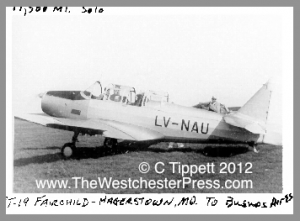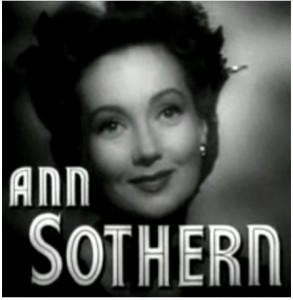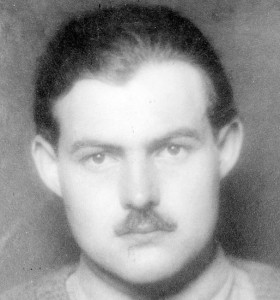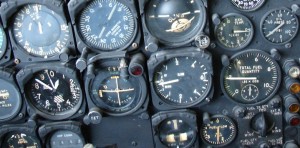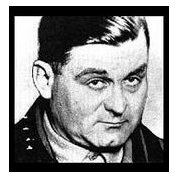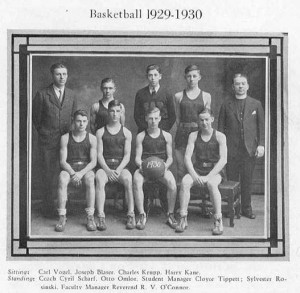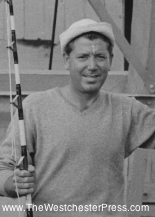
Col. C. J. Tippett, known as Tip, fished with some of the greatest sportfishermen in history. On January 19, 1957, he caught a 337 pound Bluefin Tuna on rod and reel.
Back in 1957, Col. Cloyce Joseph Tippett caught a 337 lb Bluefin Tuna on rod and reel at the Cabo Blanco Fishing Club in Peru.
He was part of the most legendary time of big game sportfishing in history. He wrote about it in his memoir and I’ve turned that into a book which is getting closer and closer to being ready to order.
Tip caught the Bluefin on rod and reel on January 19, 1957, which was a Saturday, which was handy, because during the week he was busy being the Director of the South American Office of the International Civil Aviation Organization (ICAO). It was the day after the first round-the-world, non-stop, jet-powered flight record was set. It was fourteen years after Tip had set one of his own first-in-flight records.
The Bluefin Tuna catch was not a world record… the current IGFA tackle record is 1,496 pounds, but it was a huge fish that was as tall as he was.
I know that it is Bluefin, from the picture (coming soon to a riveting magazine article), because the pectoral fin does not reach to the second dorsal fin, and the second dorsal fin is higher than the first.
Tip was the manager at the Cabo Blanco Fishing Club, and I believe that Bluefin Tuna was one of his favorite catches because it added nicely to the Club dinner menu. He also caught thousand-pound Black Marlin…. but that was on another day and is another story!
The book, as well as magazine articles about his story, are coming out soon… and I’ve got a mailing list building for people who want to be notified when the stories come out. I never, ever, use that mailing list for any emails other than my own, and you can sign up here.

